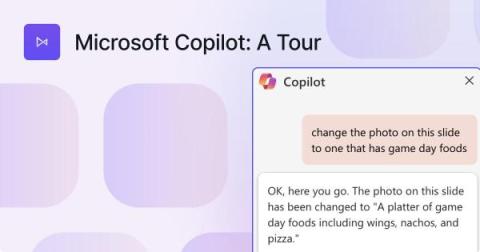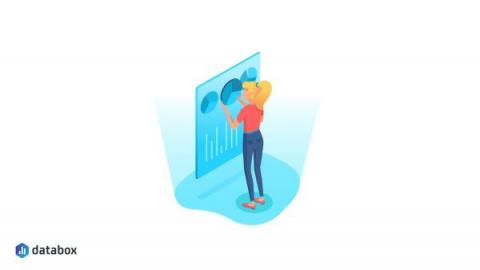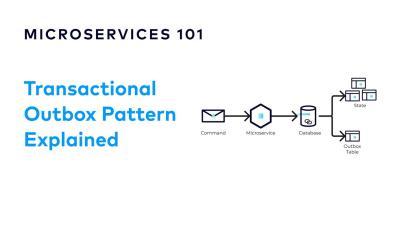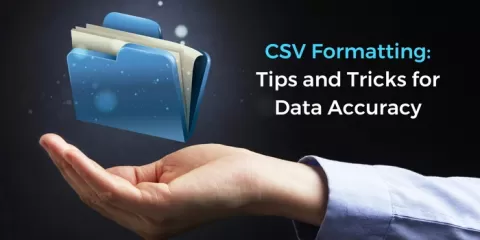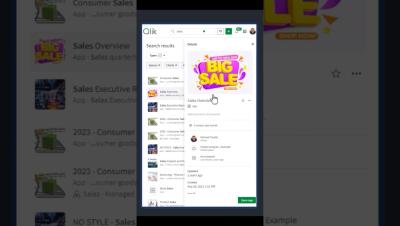Microsoft Copilot: A Tour
Microsoft Copilot is an LLM-powered AI assistant embedded across Microsoft software including its 365 productivity apps Word, Excel, PowerPoint and Teams. Copilot AI assistance features are designed to boost productivity and creativity by providing a natural language interface to knowledge, insights and workflows in Microsoft products.

